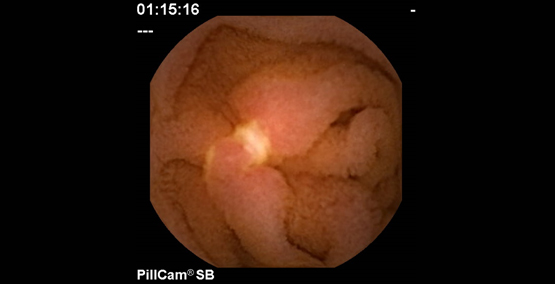
The Latest and greatest treatments for IBD: What to believe
What’s the best IBD medicine for me? Confusion on television and in your inbox....
See moresign up for our newsletter
SubscribeIn Crohn's disease (and almost every disease), tests are used to
In Crohn's disease, the problems can be anywhere along the gastrointestinal tract, and even outside it. Blood and stool tests aren't specific enough to diagnose the problem, but they often can give a general idea about how bad it is. As a result, they can be used to monitor the disease and its treatment.
Colonoscopy can be used to evaluate all 4 of the testing needs listed, but only if the disease is in the large intestine (the colon) or the very end of the small intestine (the terminal ileum). There are several problems:
As a result, most people prefer alternatives, though a colonoscopy in the beginning is important, so that biopsies can be taken, and important to be repeated to look for worsening disease or cancer.

Alternative Procedures
CT Scans can evaluate the small intestine. The patient must drink or be given contrast material to drink so that the intestine can be well seen. But CT scans expose patients to radiation that adds up if many CT scans or other X-rays are done over the years. That's why now they are usually used in emergencies, when someone can't tolerate one of the other procedures or when an MRI can't be done.
MRIs, also called MREs, when the patient drinks contrast material to "light up" the intestine, shows the intestine and the surrounding tissues.
Pill cameras are literally pill-sized cameras, the size of a jelly bean. Most teens and adults can swallow one pretty easily (a 4-year-old who takes large vitamins swallowed one sipping water). They have lights, batteries and cameras. They can take pictures as they move through the gastro-intestinal tract. The photos are transmitted to a belt that the person wears. The pill is pooped out, usually the same day.
Sometimes two of the procedures may be recommended together. An MRE to look for strictures and the area around the intestine and a pill camera to look at the upper intestine, for example. The important part is making sure that the bowel is seen very well and that the disease at that point is fully understood in order to guide treatment.
This article, as well as all others, was reviewed and edited by a member of our Medical Advisory Board.
Subscribe Be the first to know